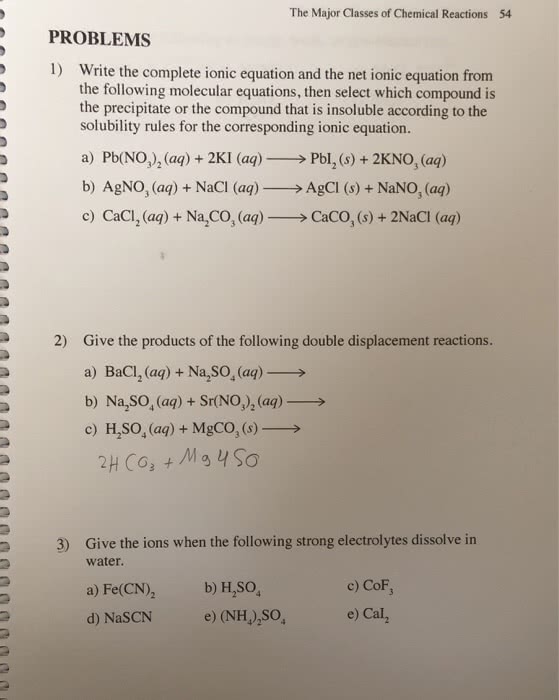CHE 106 Lecture Notes - Lecture 12: Barium Hydroxide, Sodium Hydroxide, Lithium Hydroxide

63
CHE 106 Full Course Notes
Verified Note
63 documents
Document Summary
Writing net ionic equations: write a balanced molecular equation, dissociate all strong electrolytes to write a complete ionic equation, write the net ionic equation with the species that remain by crossing out anything else. (cid:885)(cid:1840)(cid:2870)+(cid:884)(cid:1840)(cid:2871)(cid:1842)(cid:1841)(cid:2872) "(cid:1840)(cid:2871)(cid:1842)(cid:1841)(cid:2872)+6(cid:1840) Write strong electrolytes in forms of ions to obtain complete ionic equation, after you cancel spectator ions you will obtain your net equation. Acids: substances that produce hydrogen ions, h+ (protons), when dissolved in water: nitric acid ((cid:1840)(cid:1841)(cid:2871)) dissolves in water to give h+ and no3- Bases: substances that produce hydroxide ions, oh-, when dissolved in water. Acid serves as the species that donates a proton to another species in a proton-transfer. Involved the transfer of a proton from the acid to the base reaction. Base serves as the species that accepts the proton (h+) in a proton-transfer reaction. Water can be an acid or a base in certain reactions.


